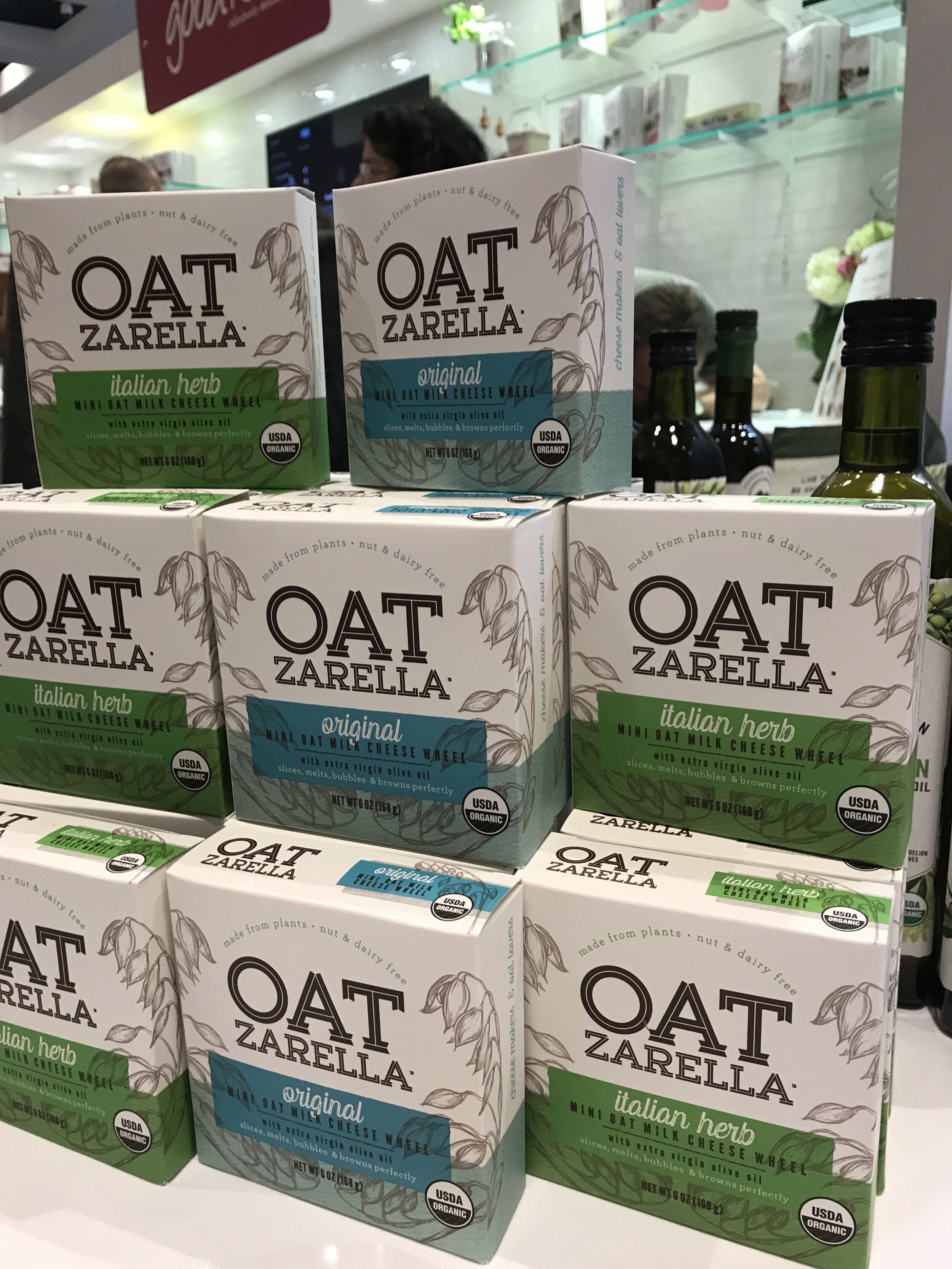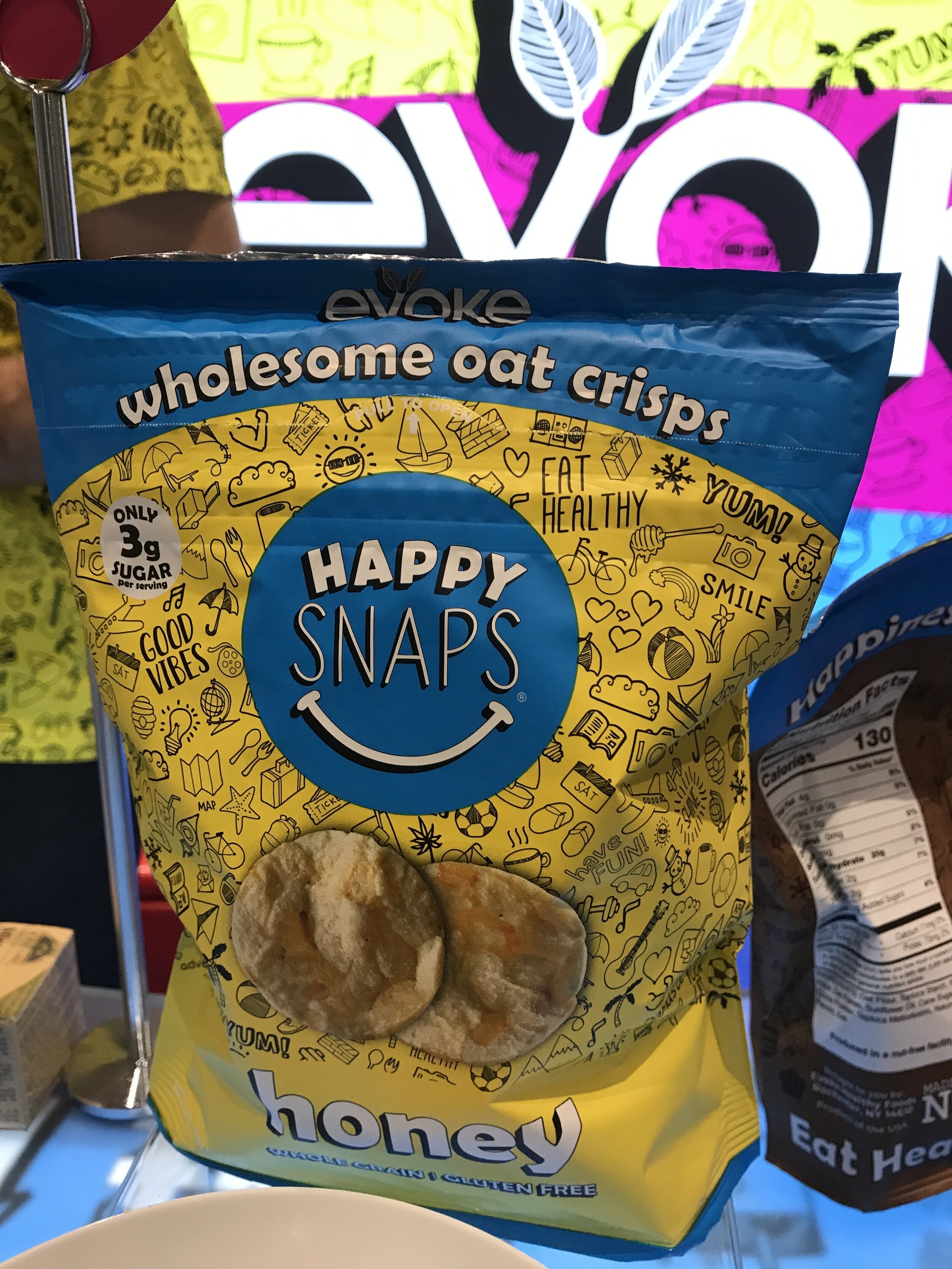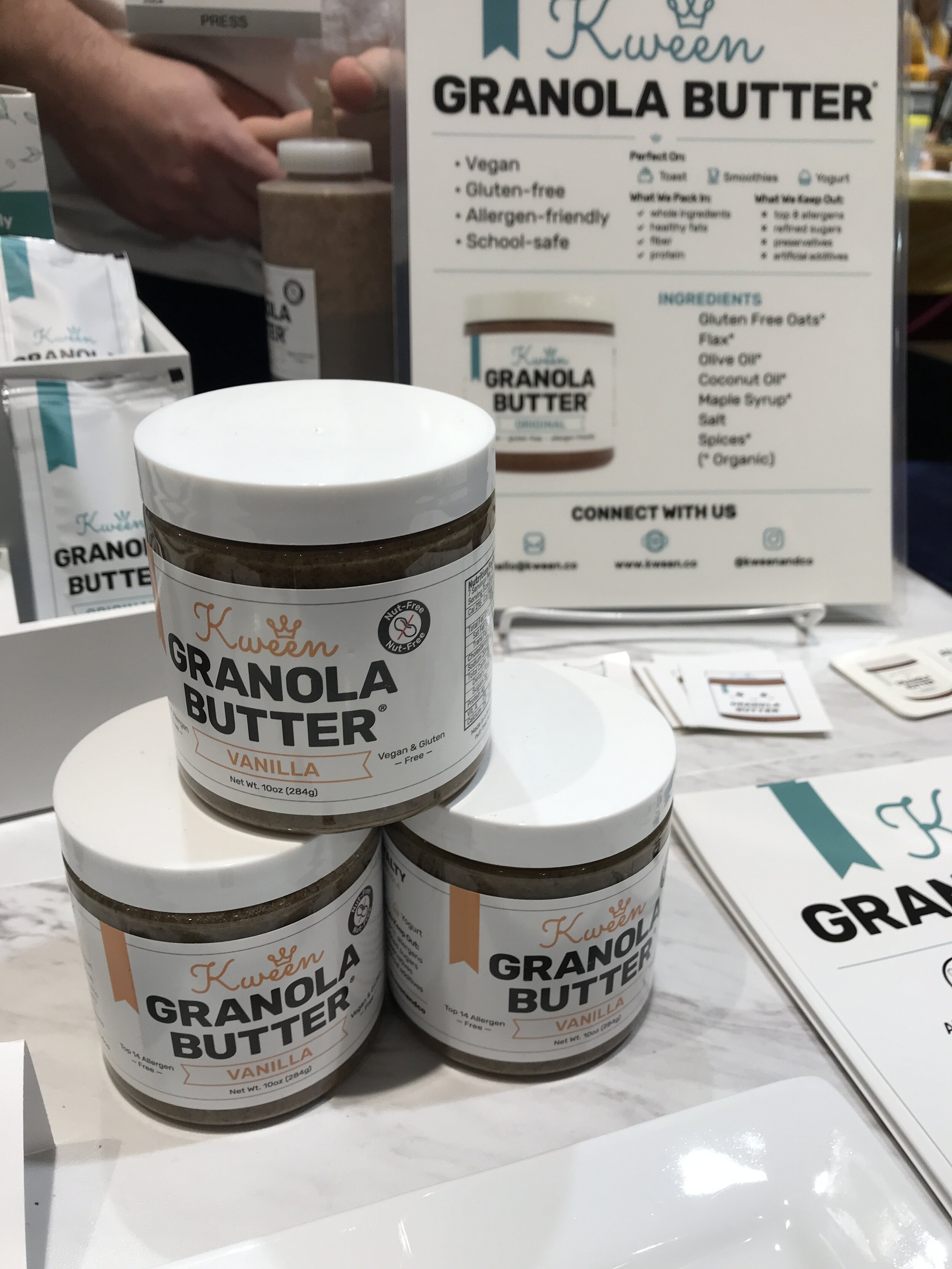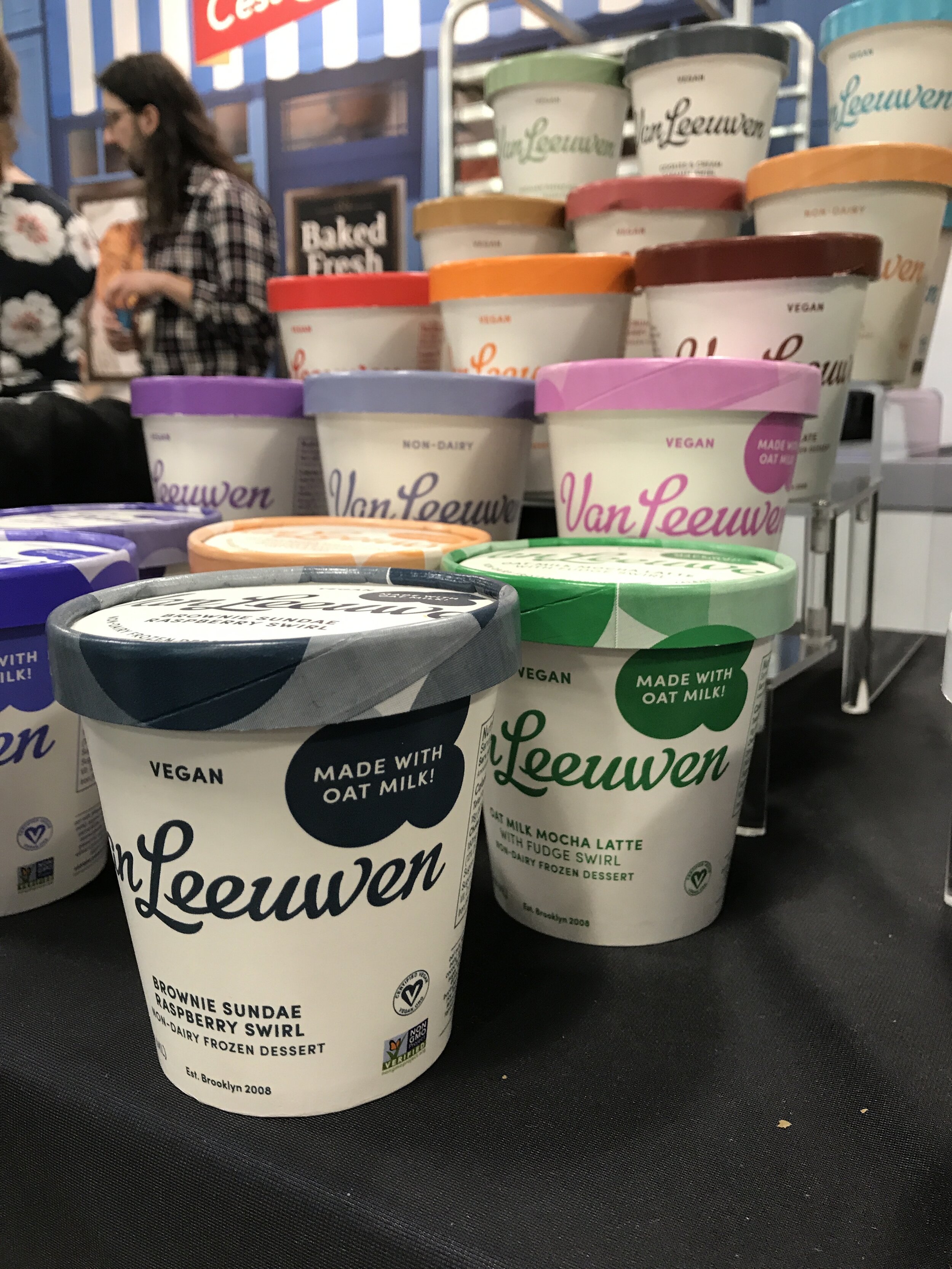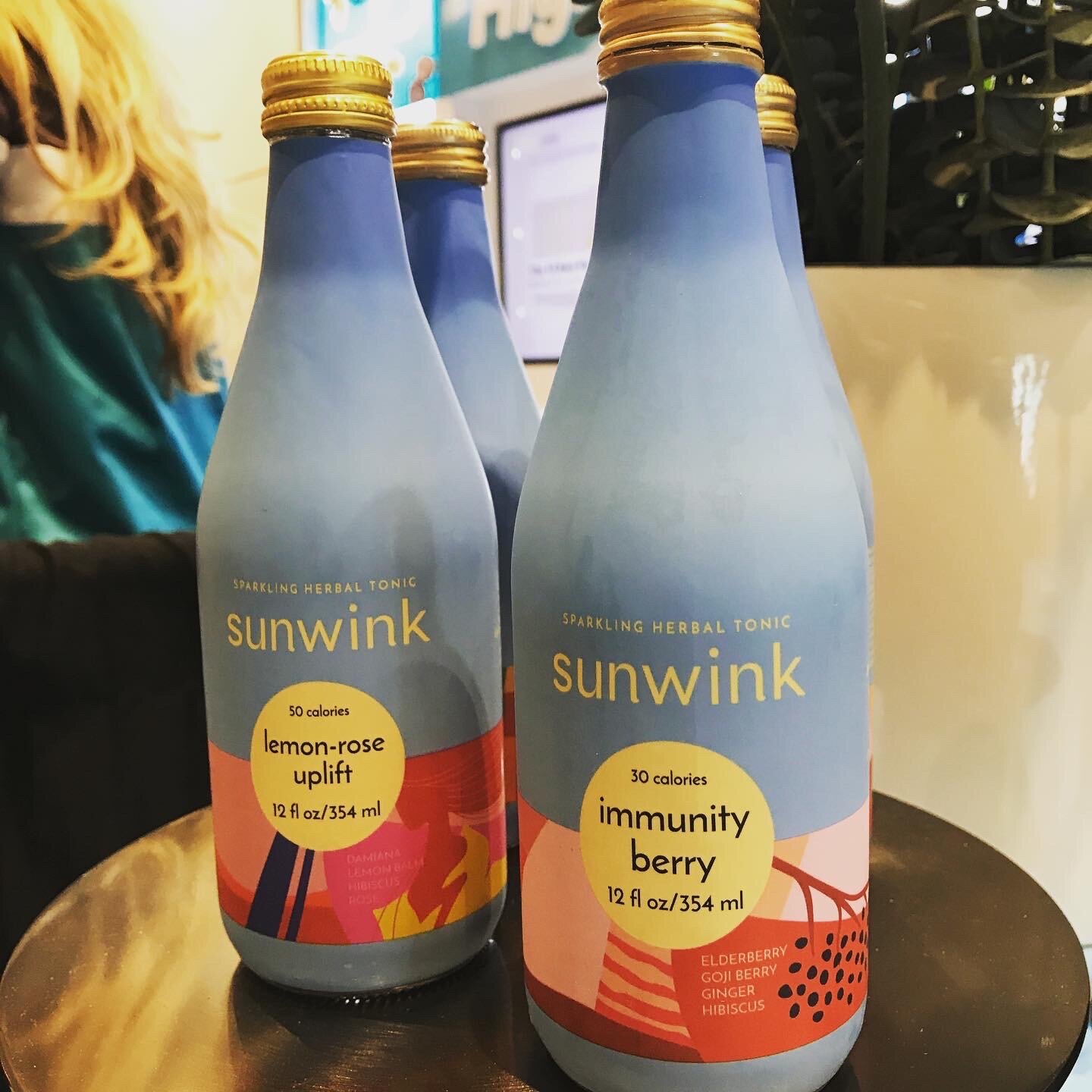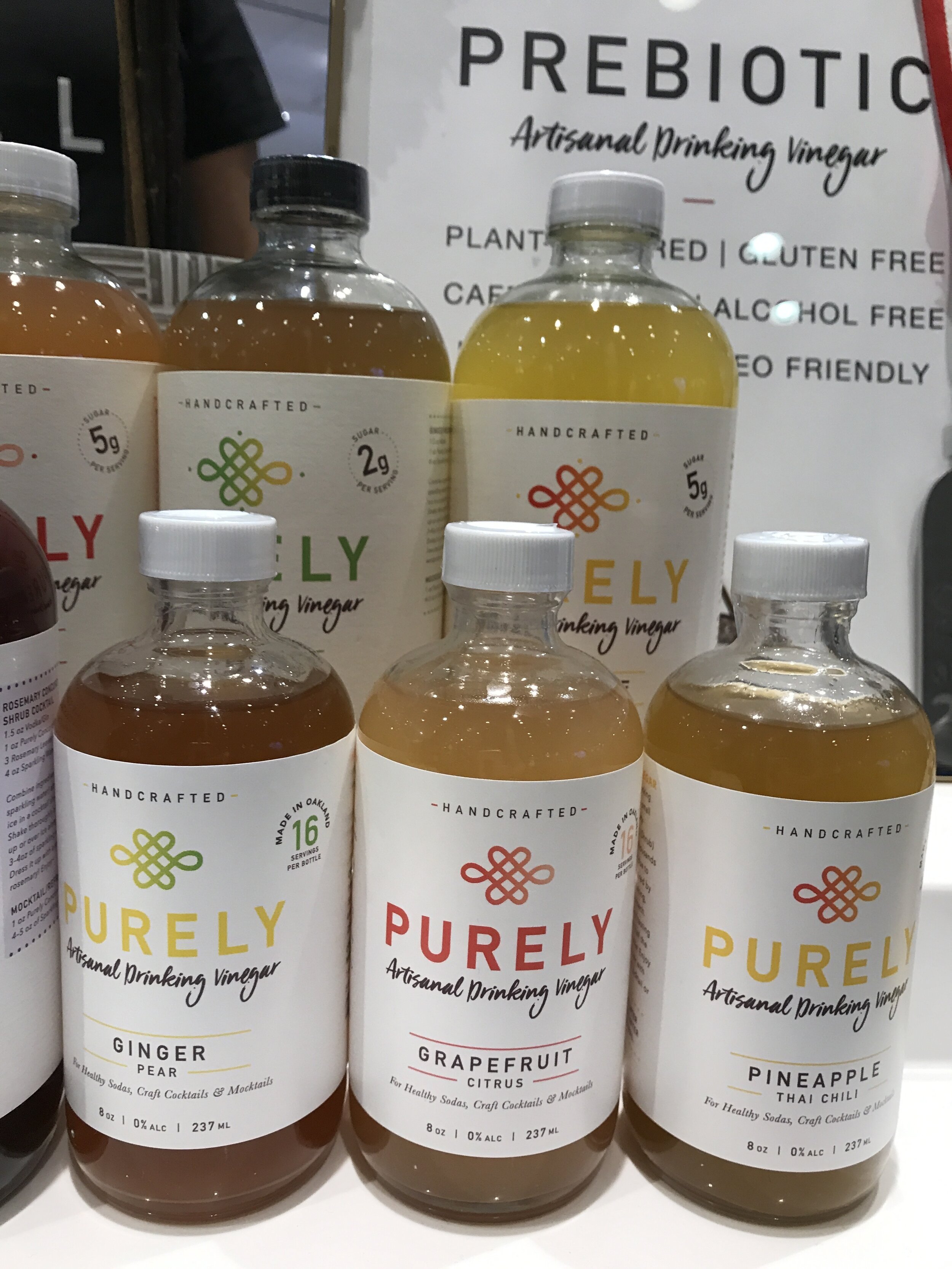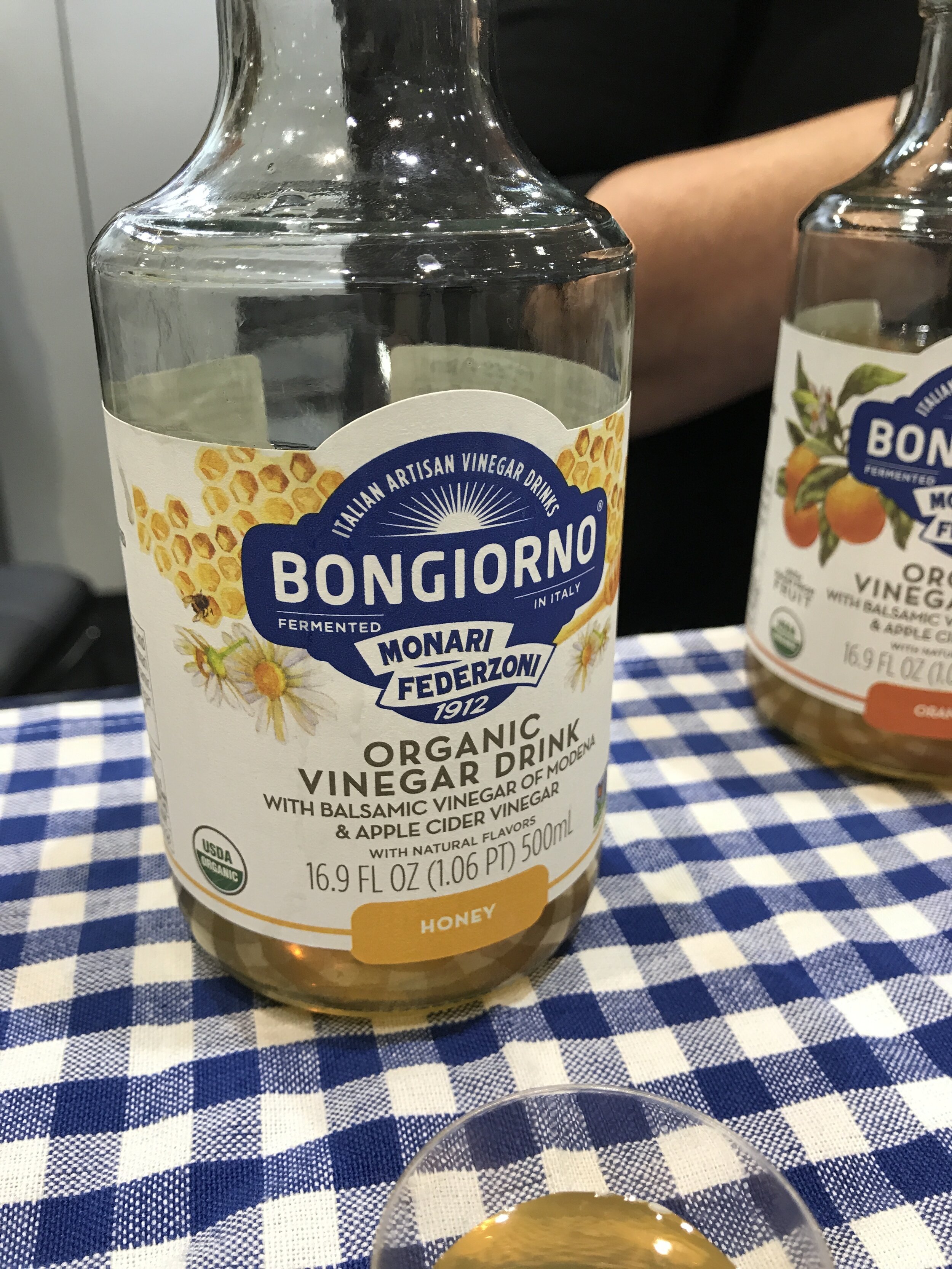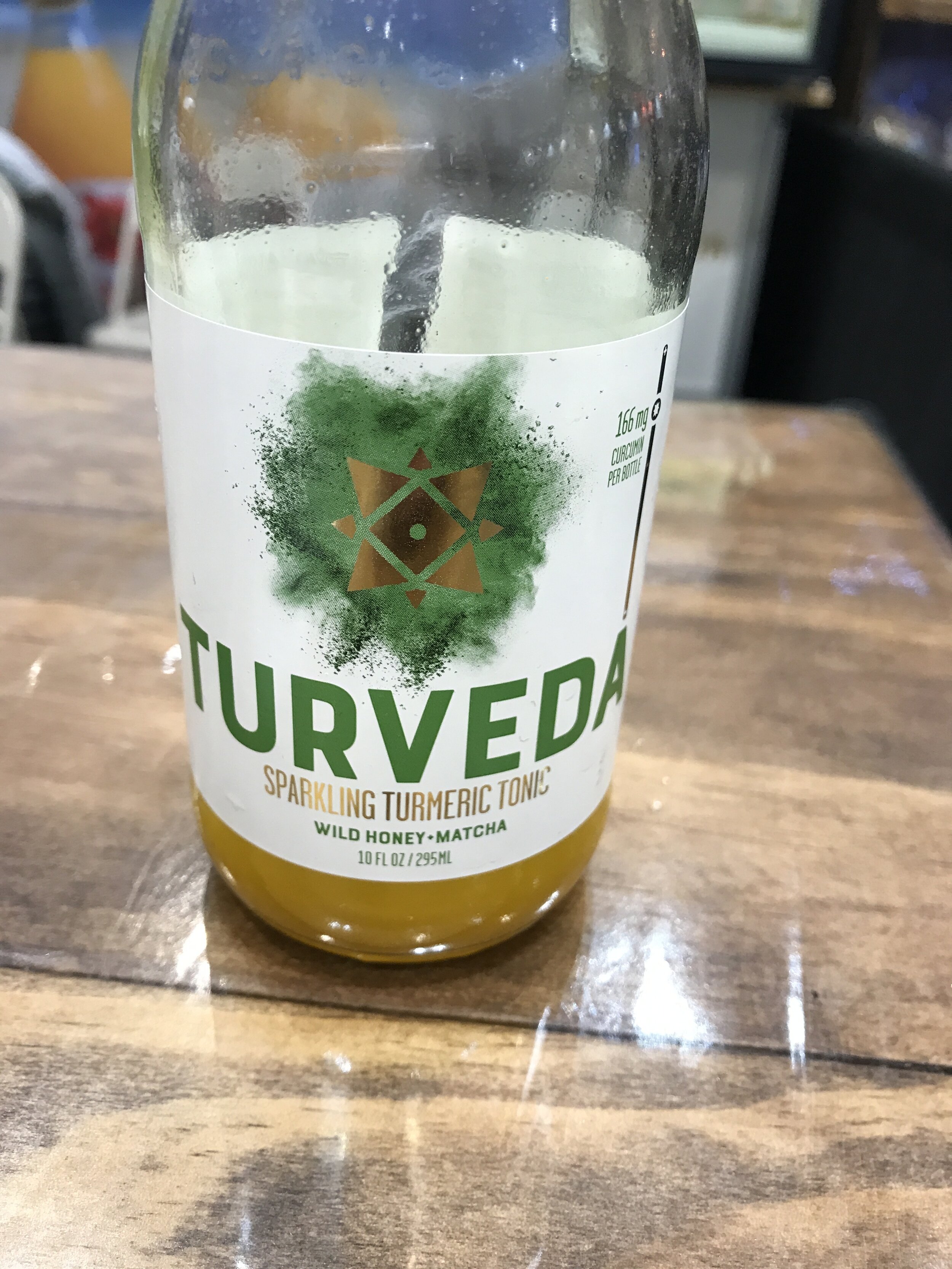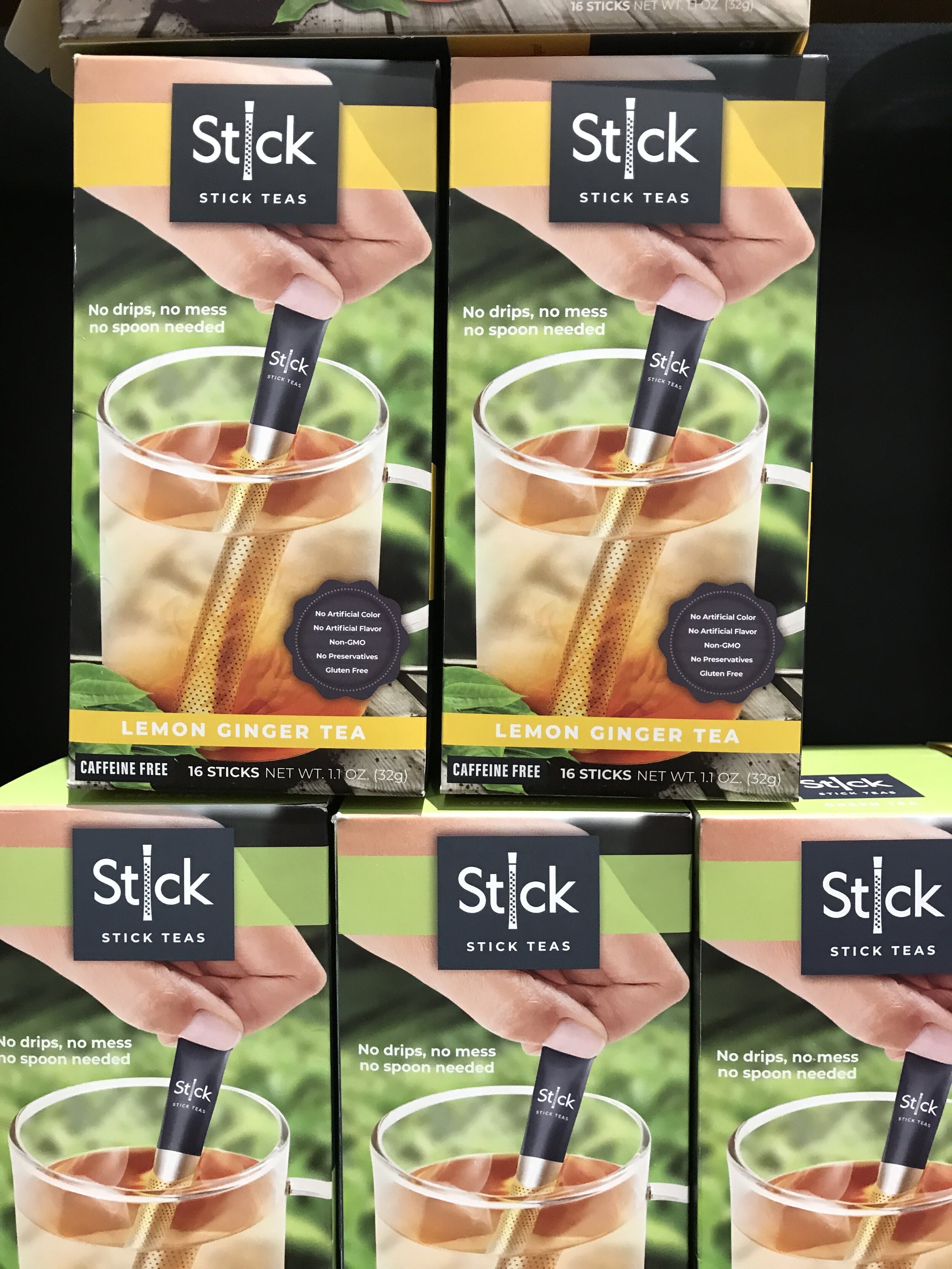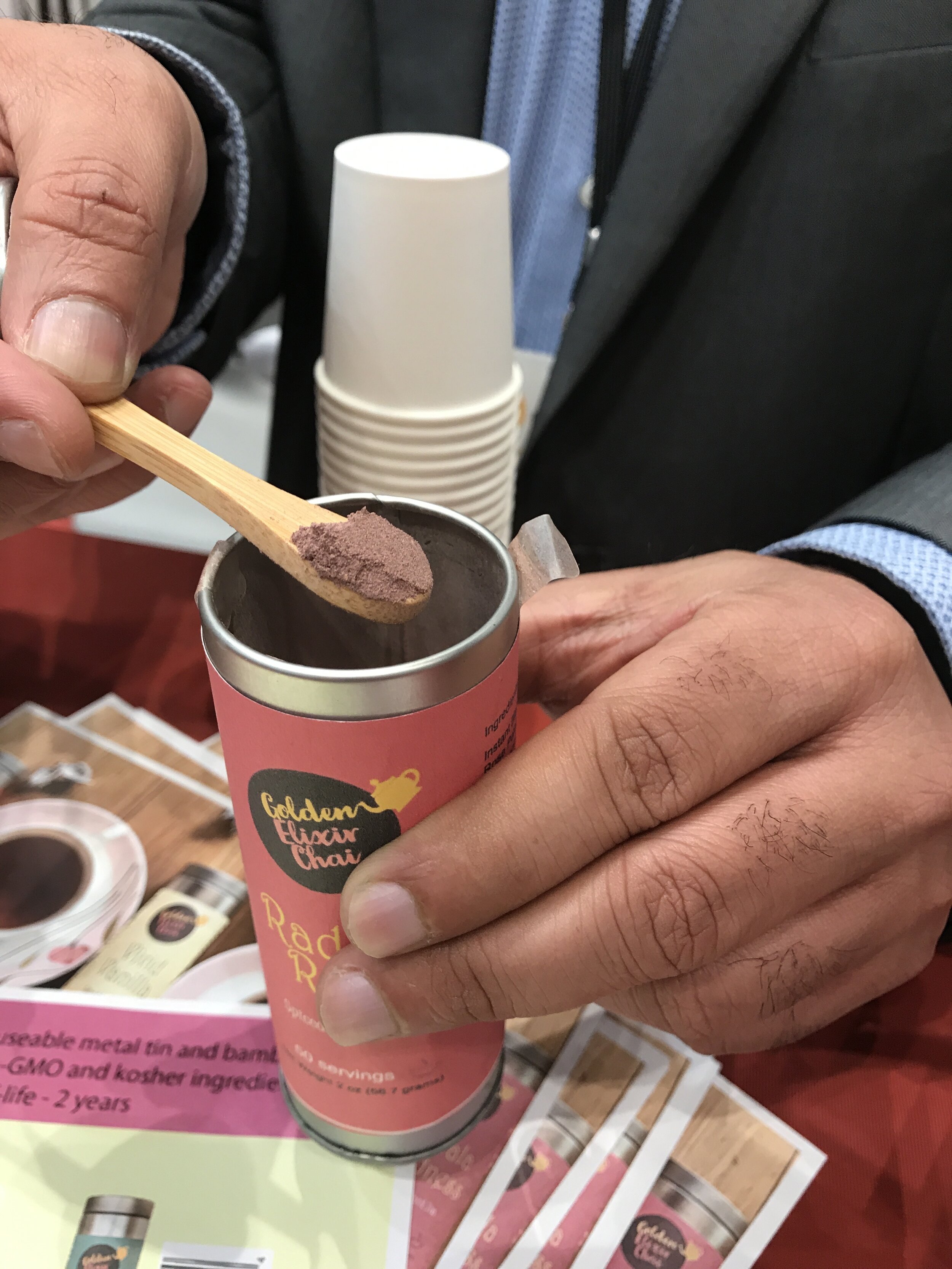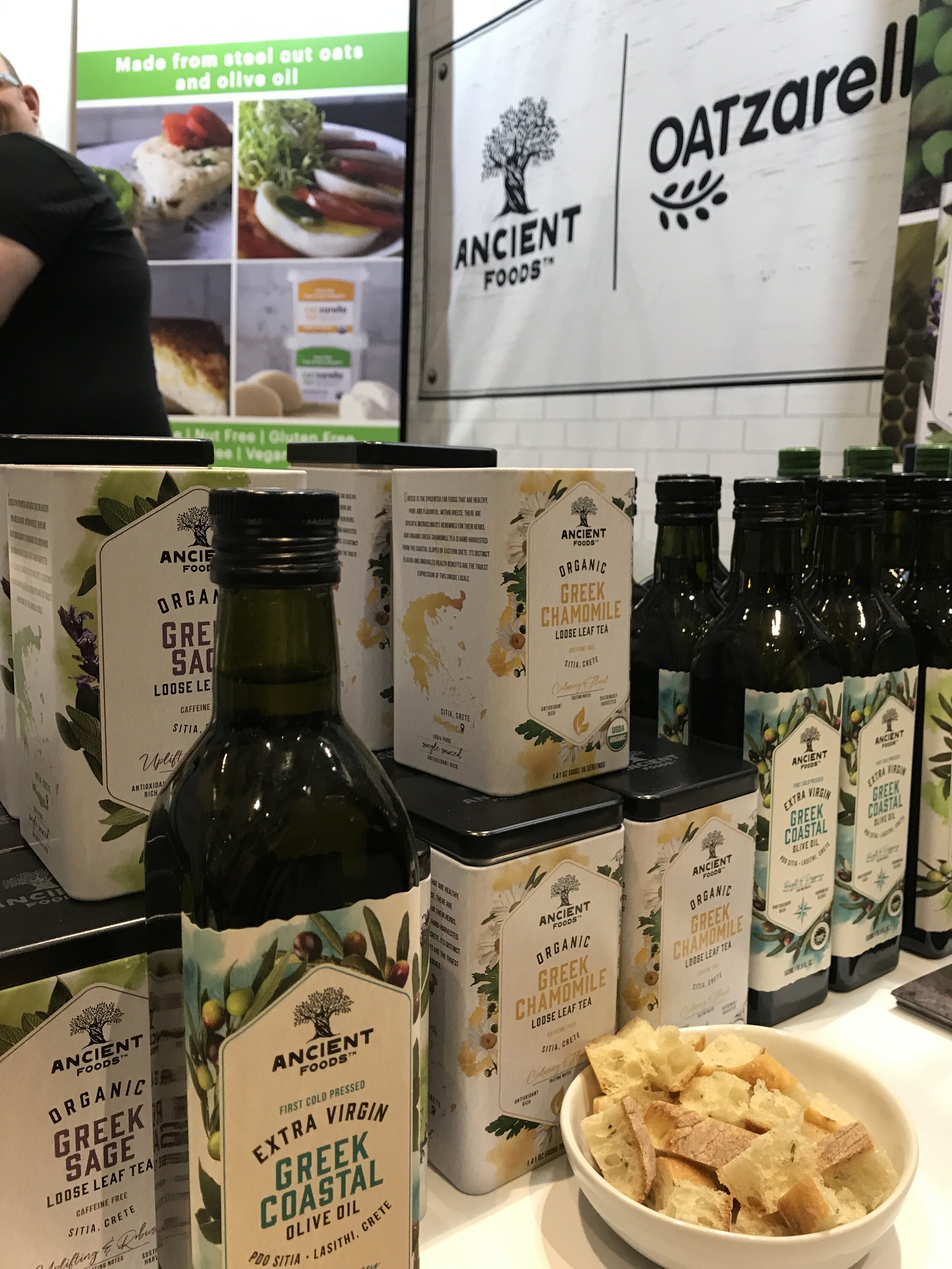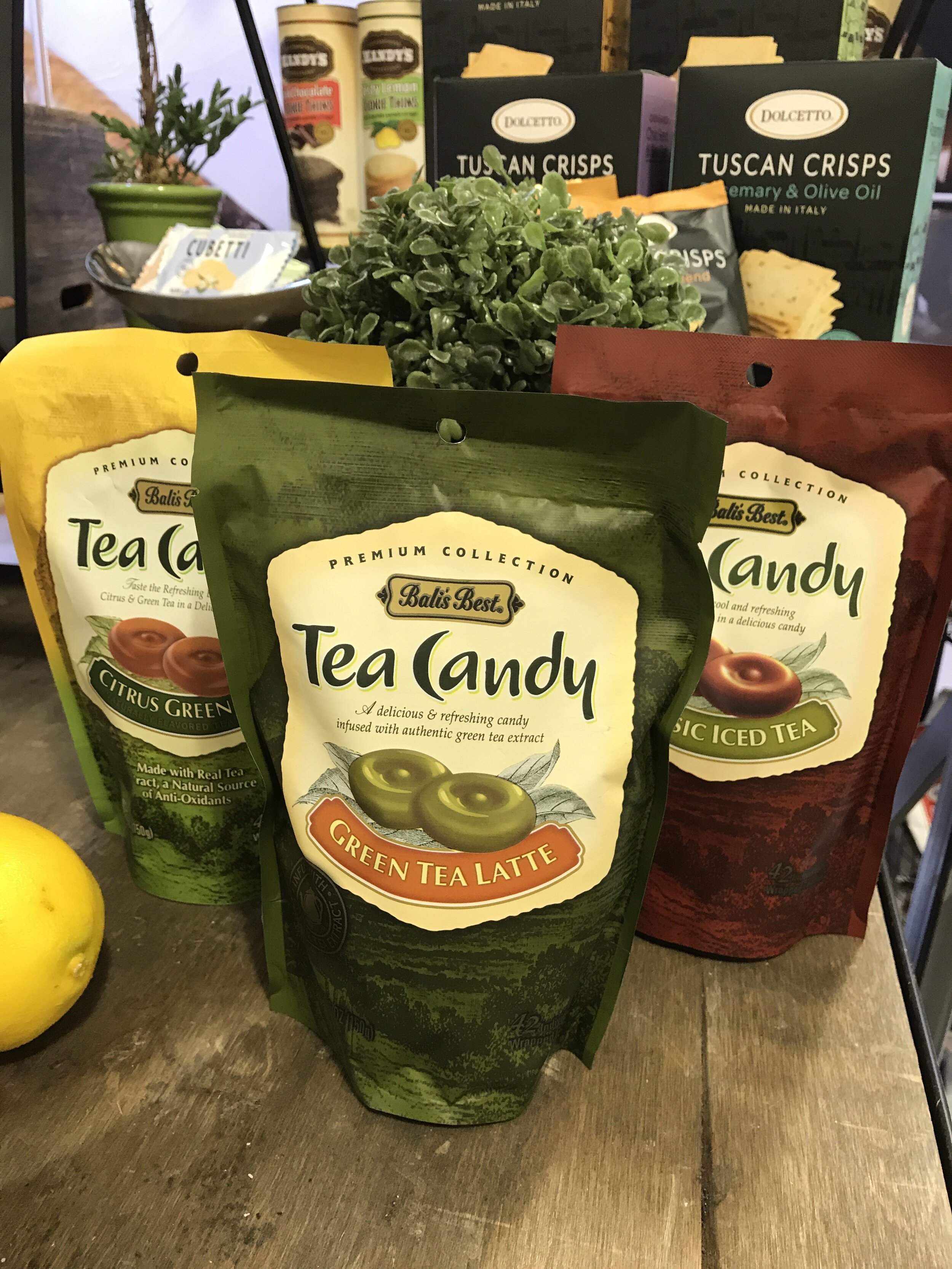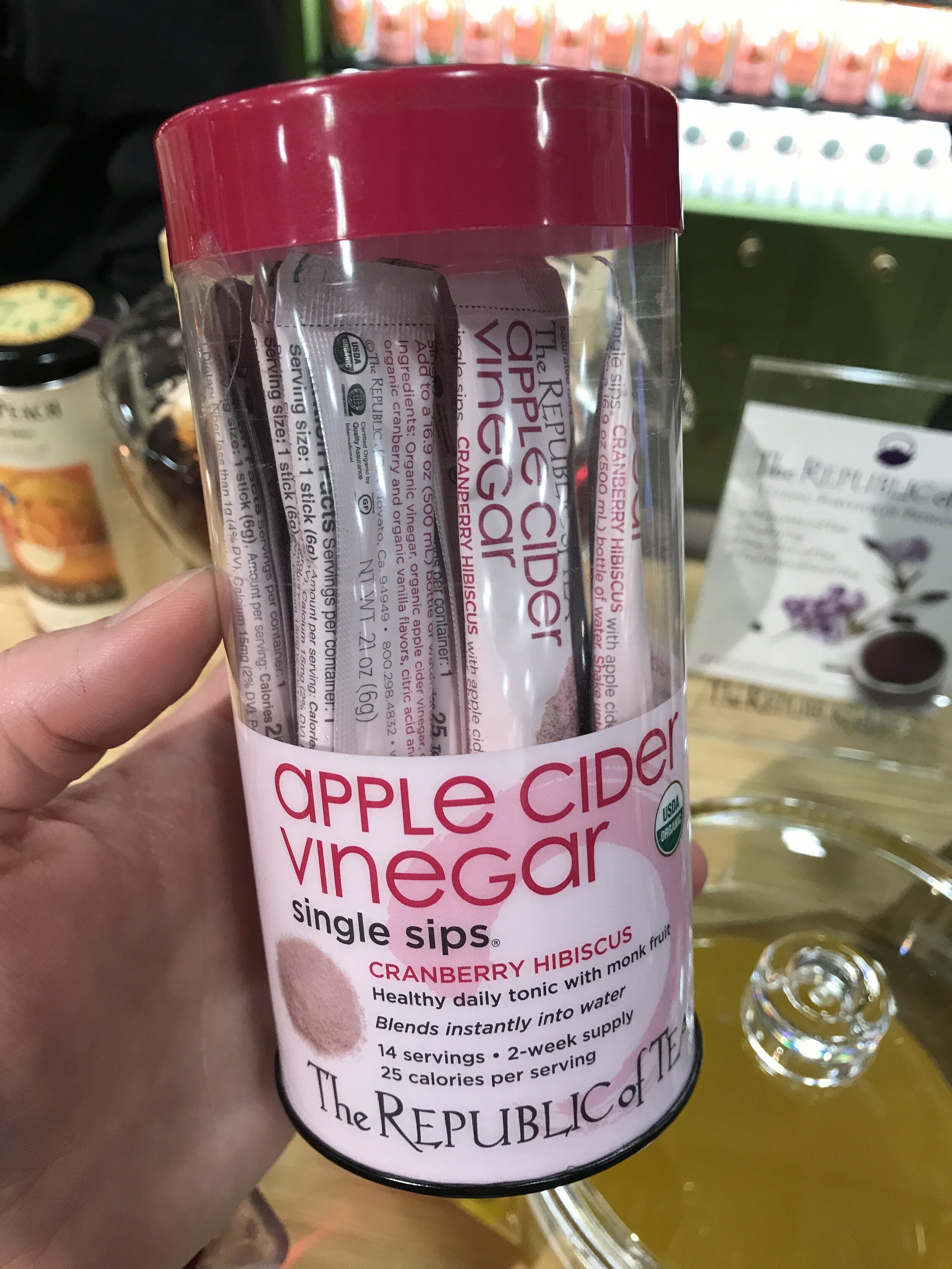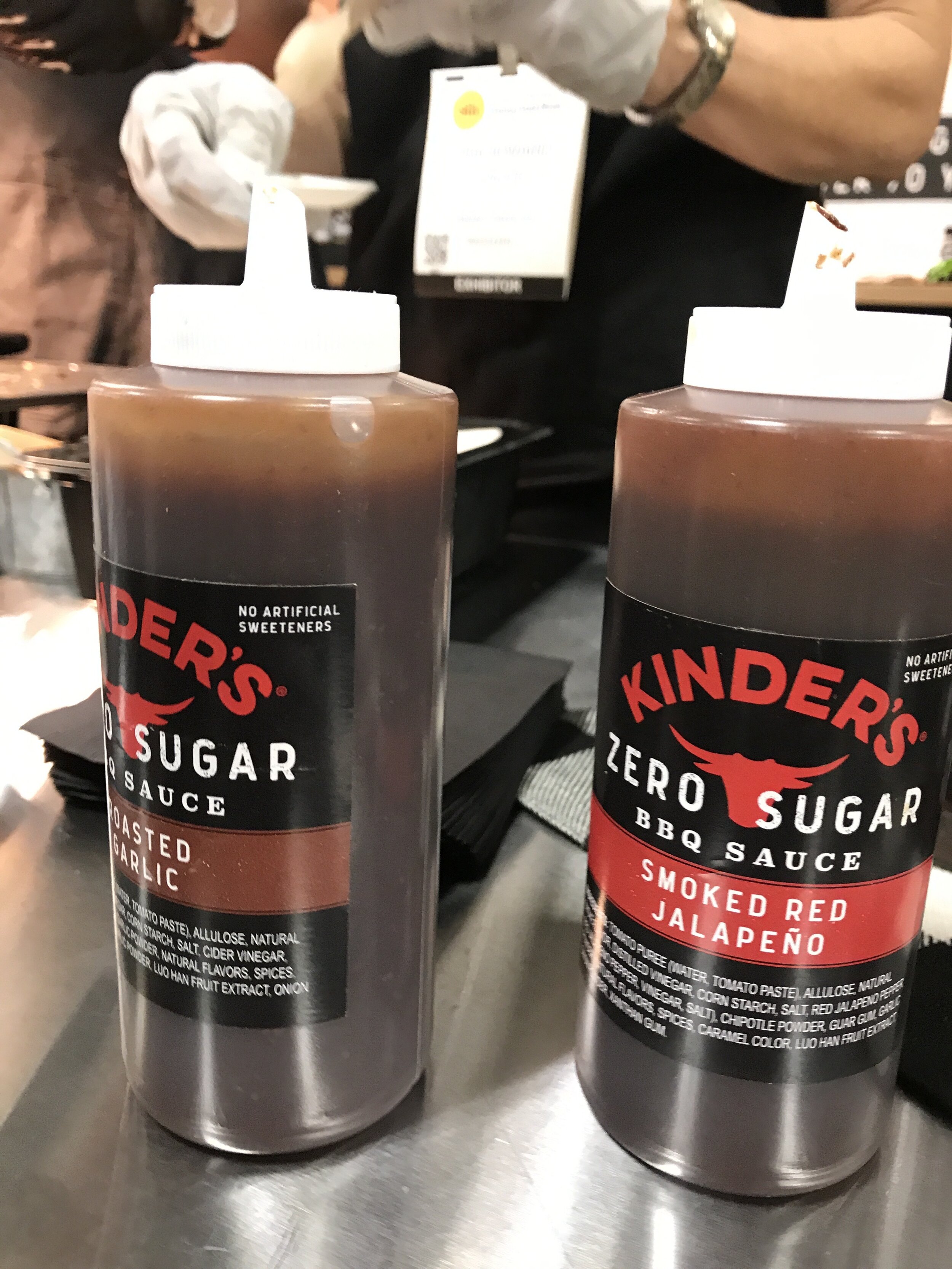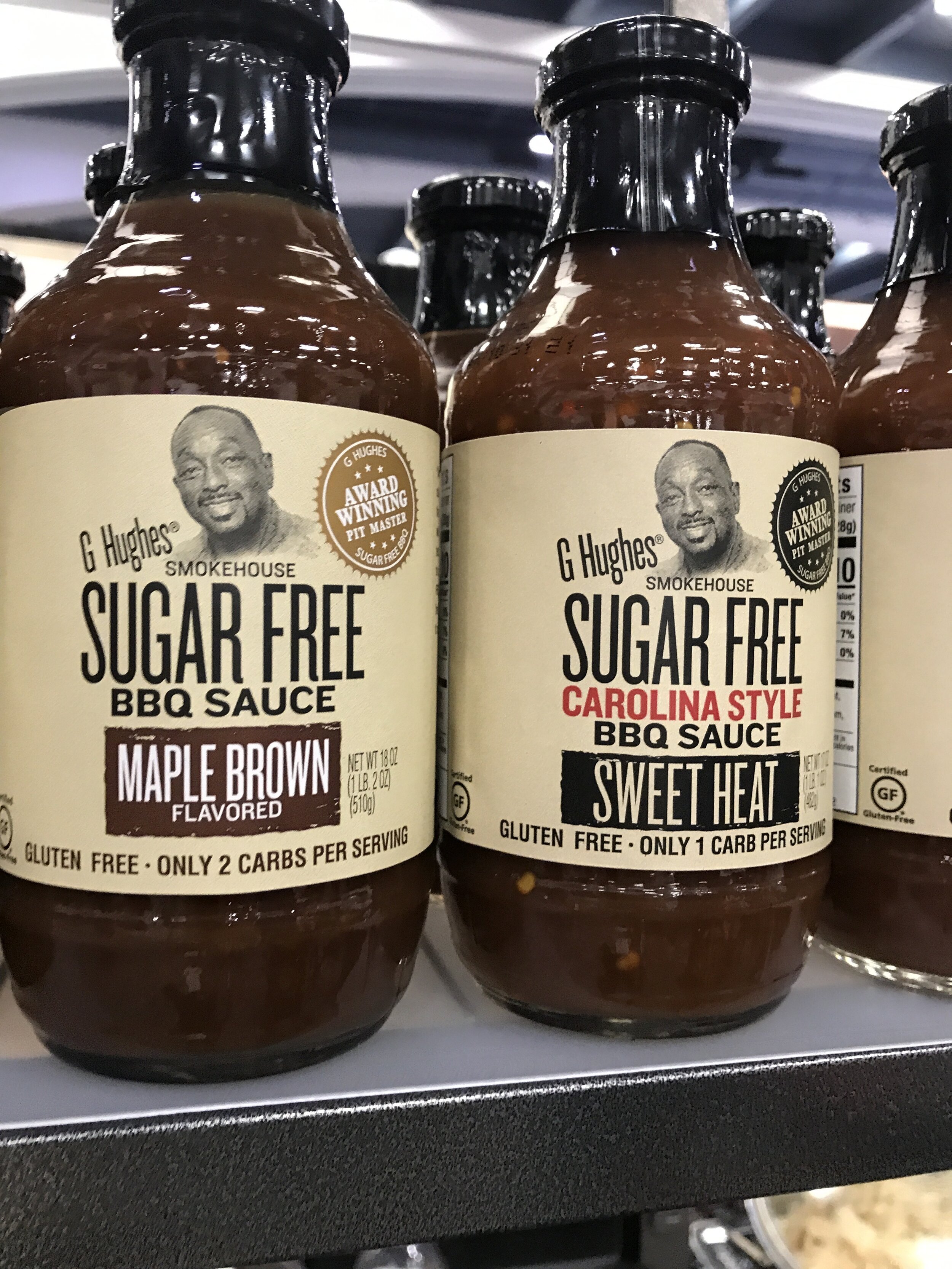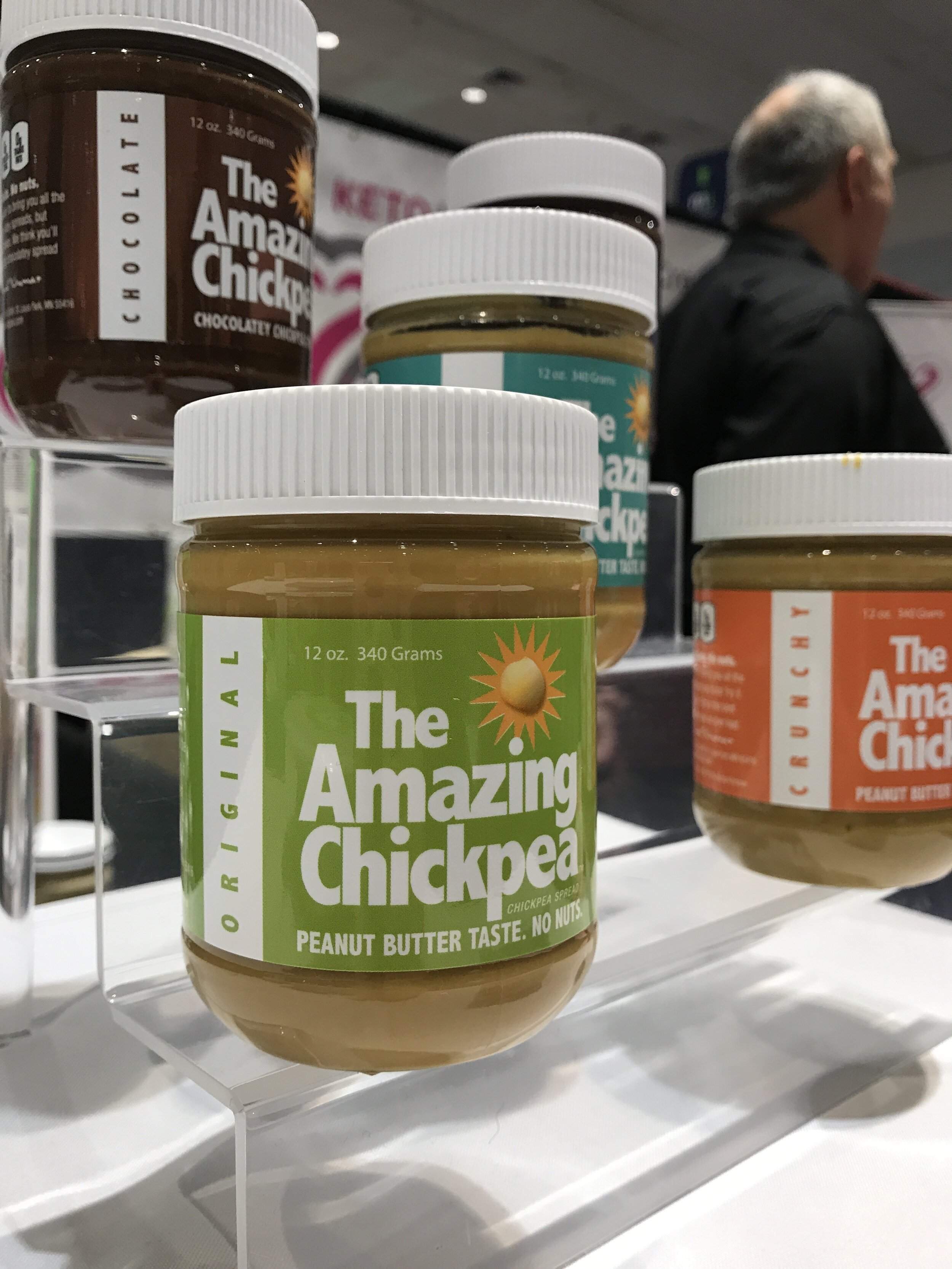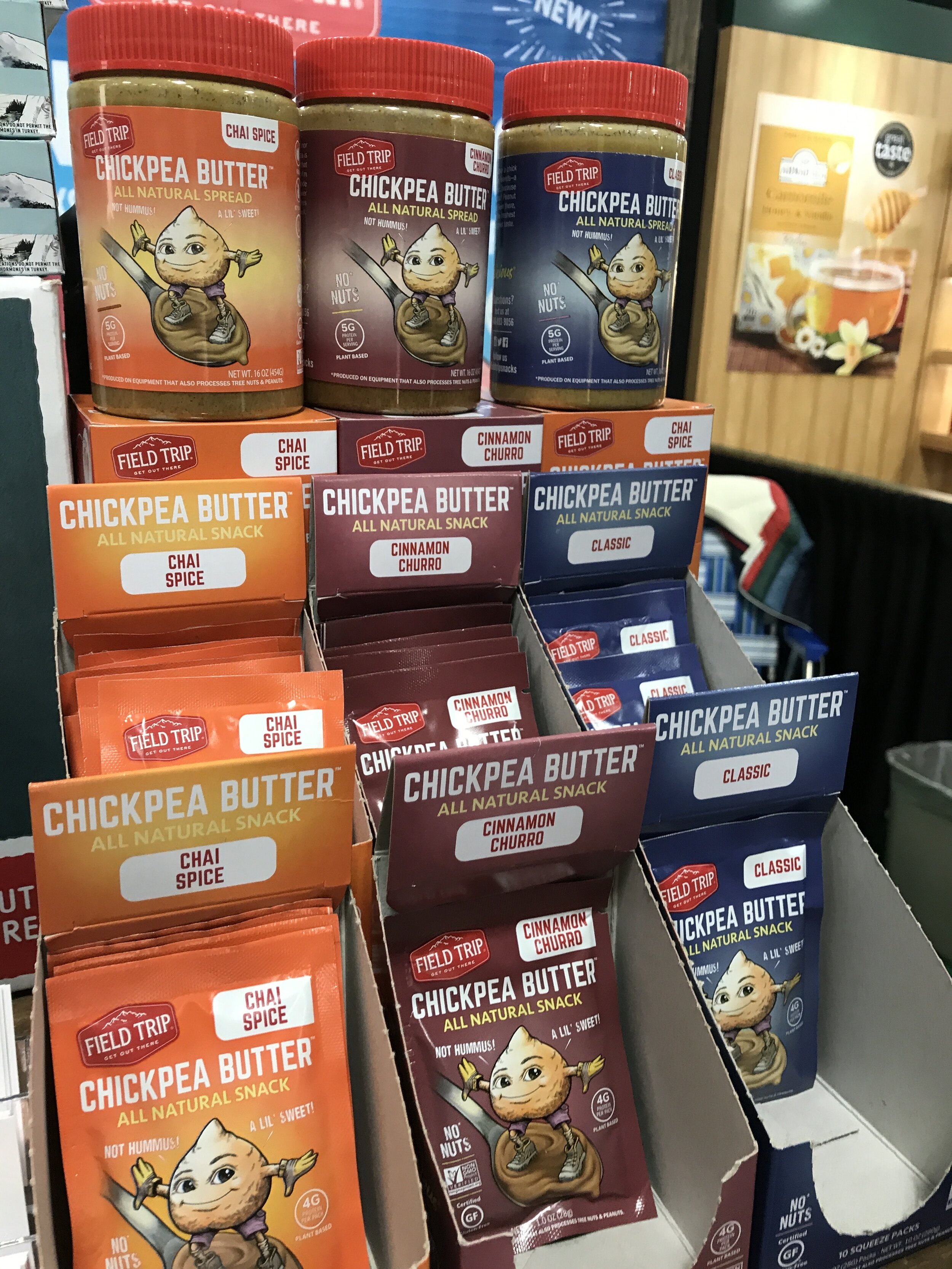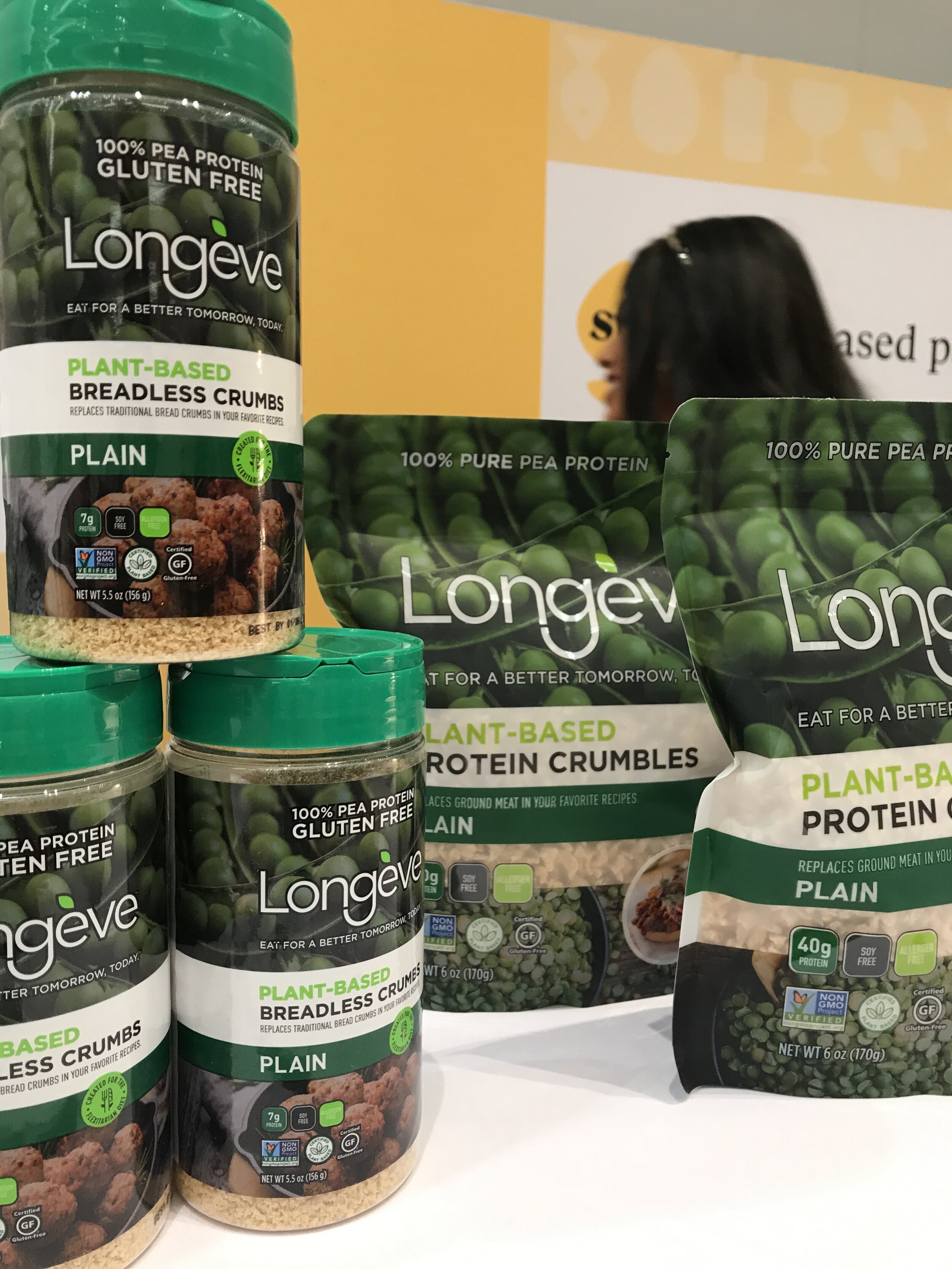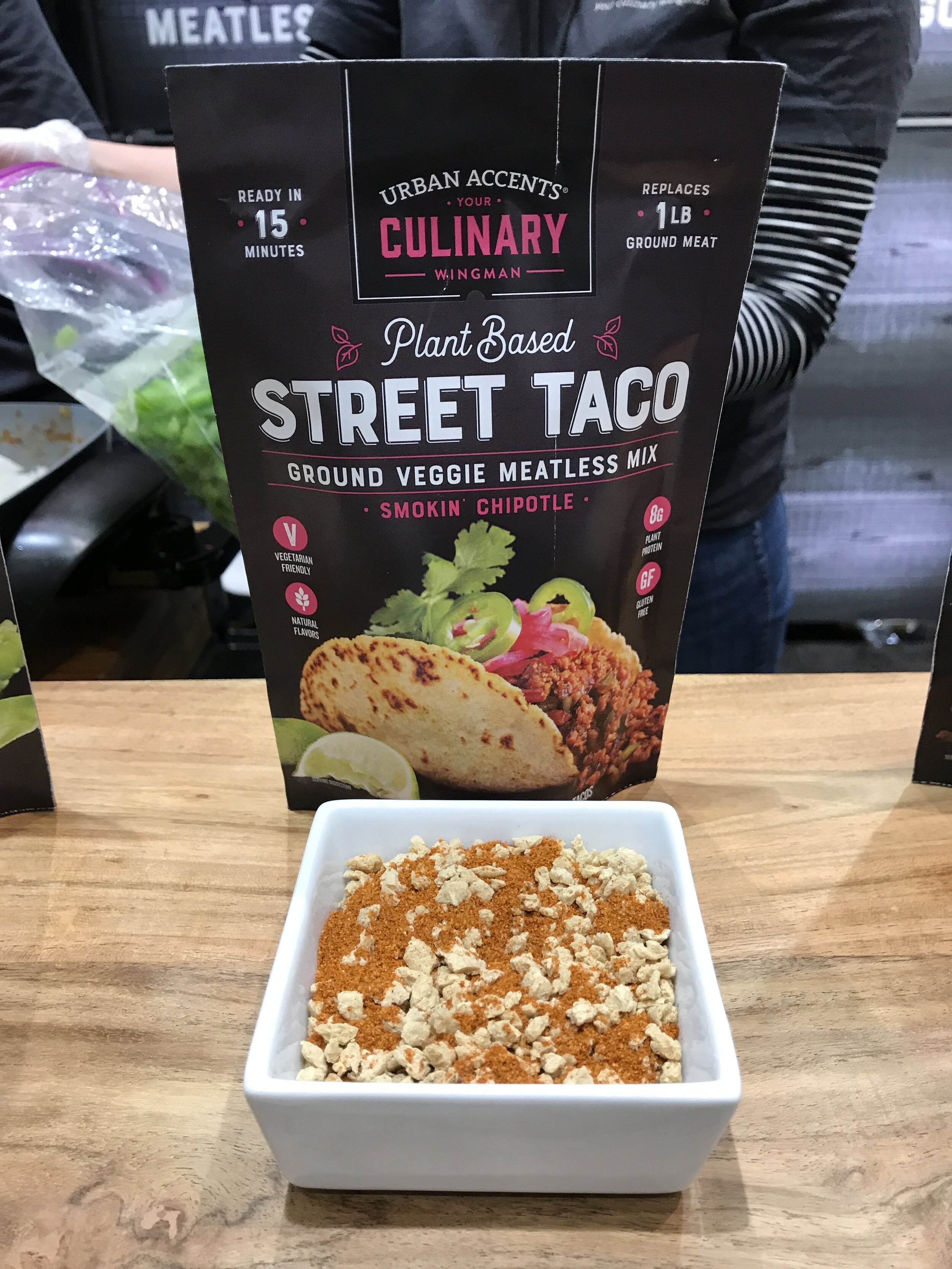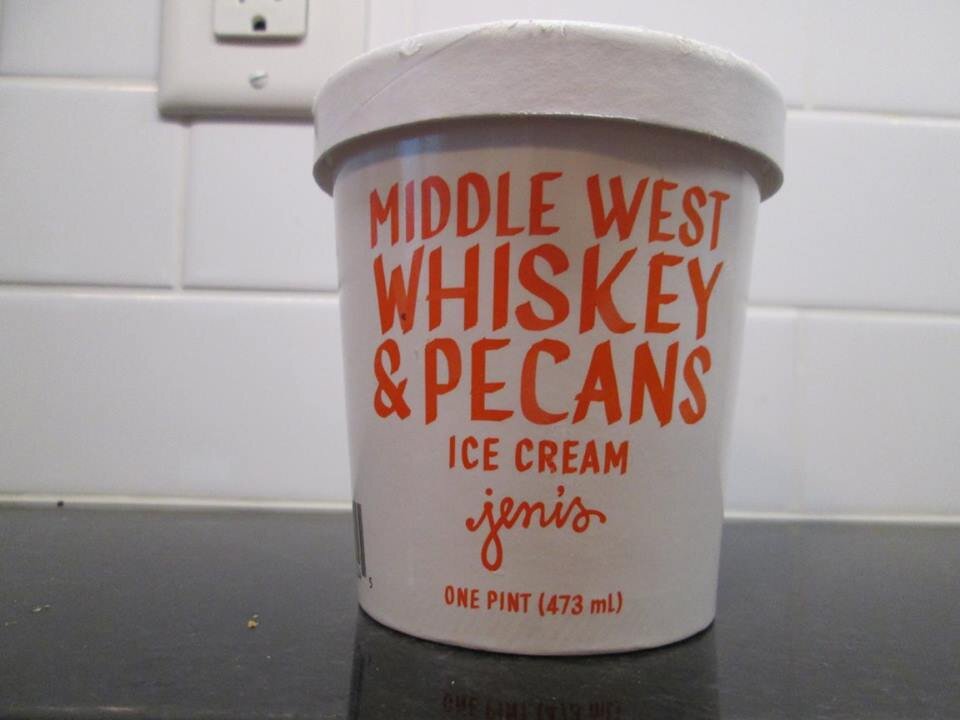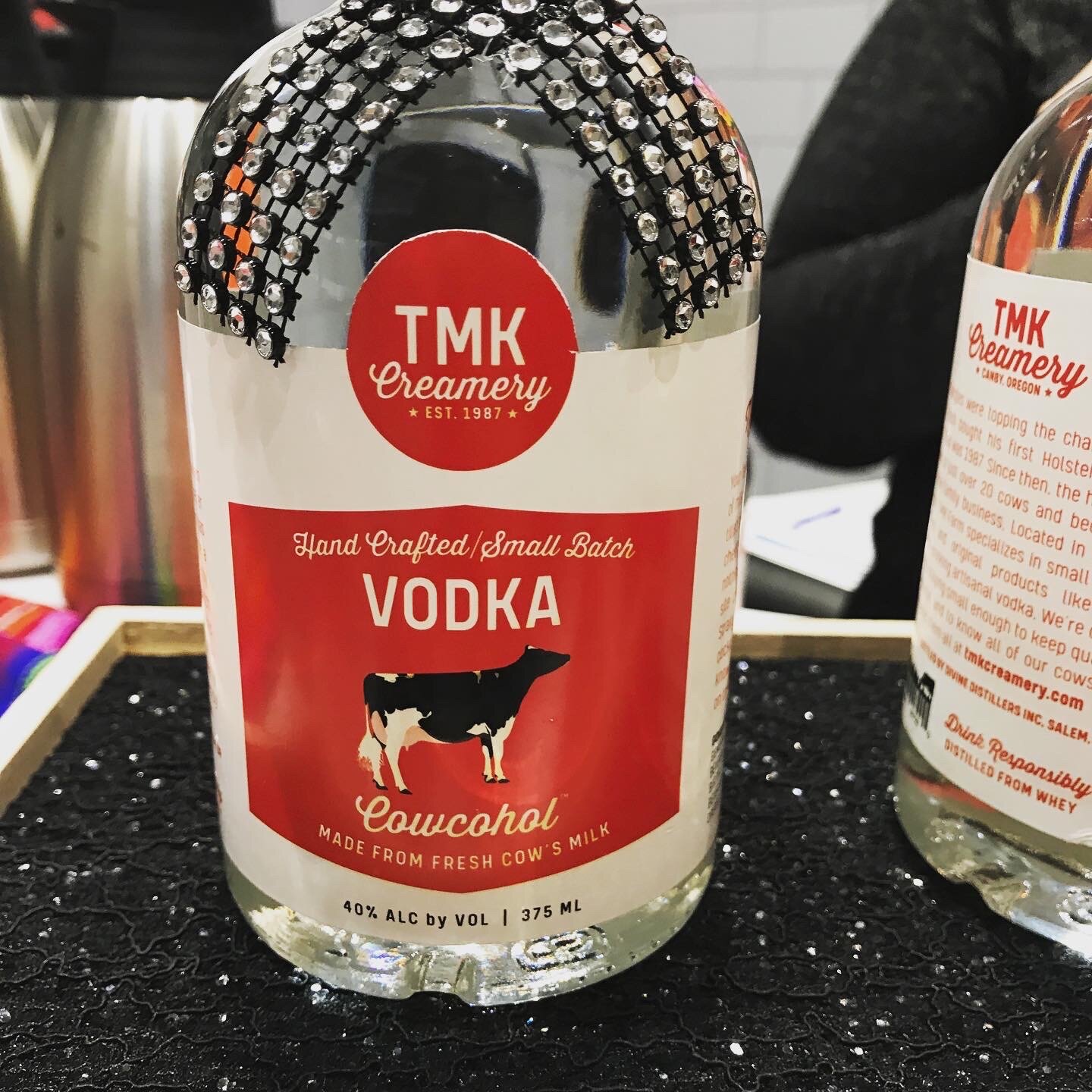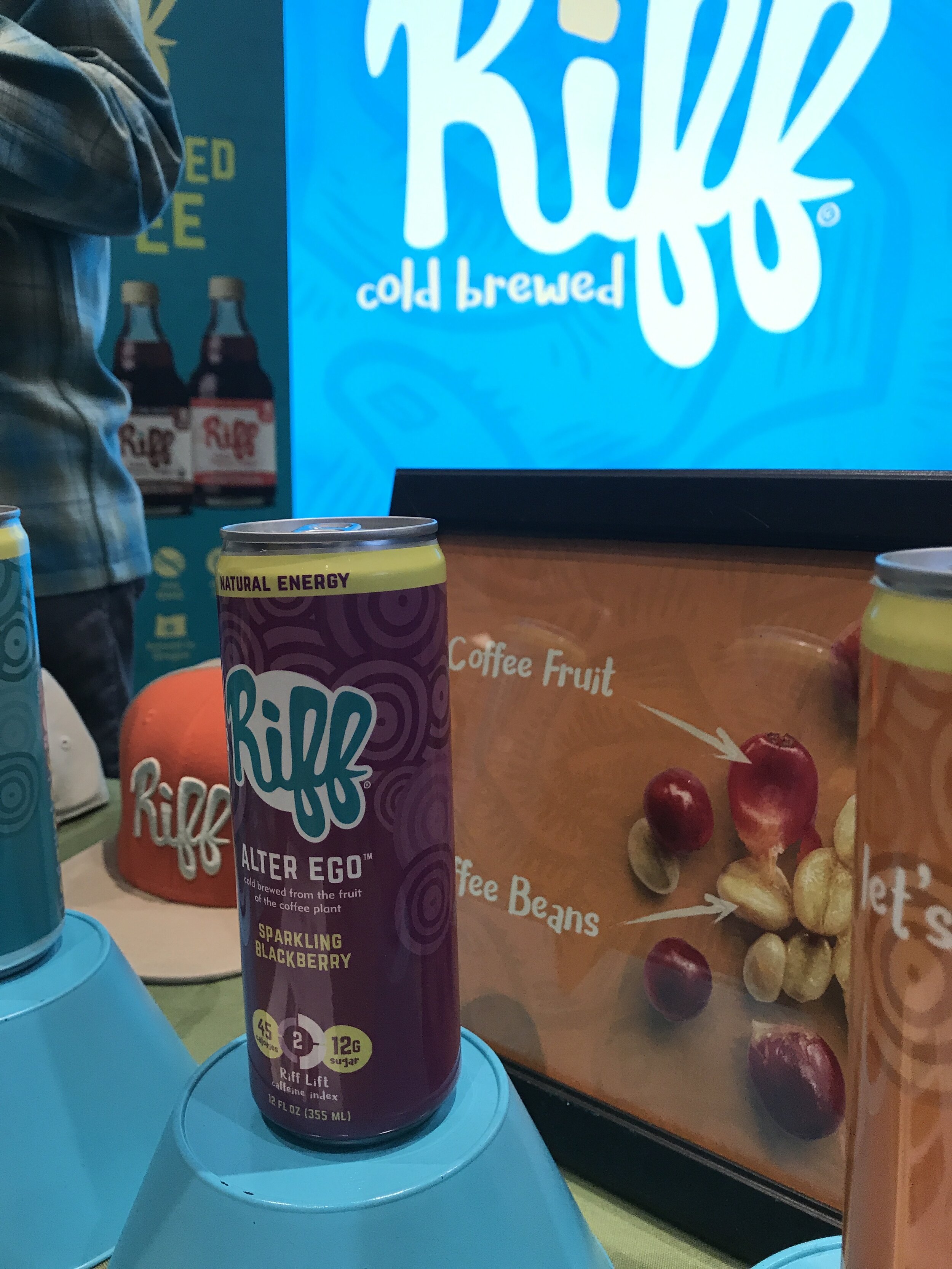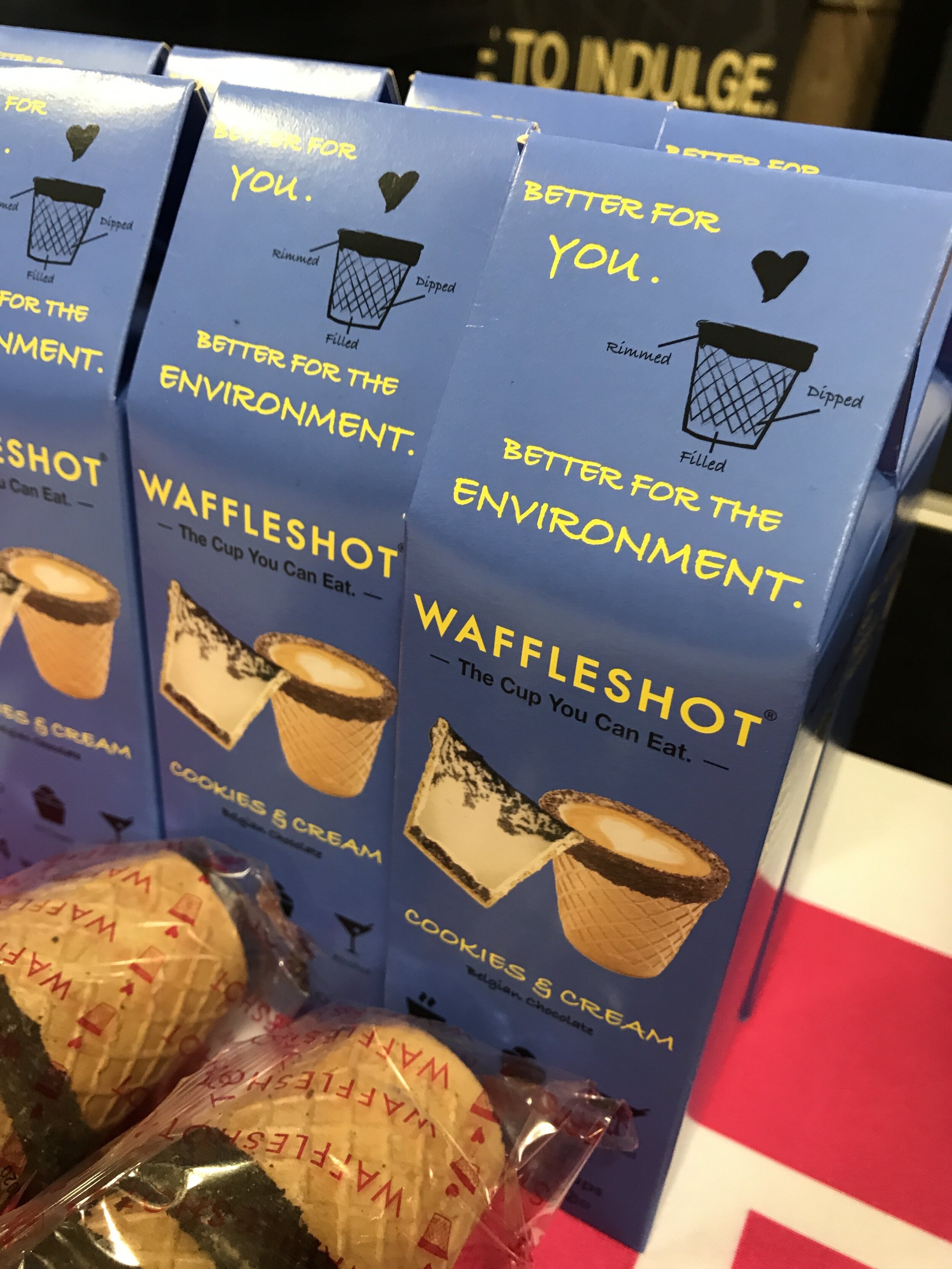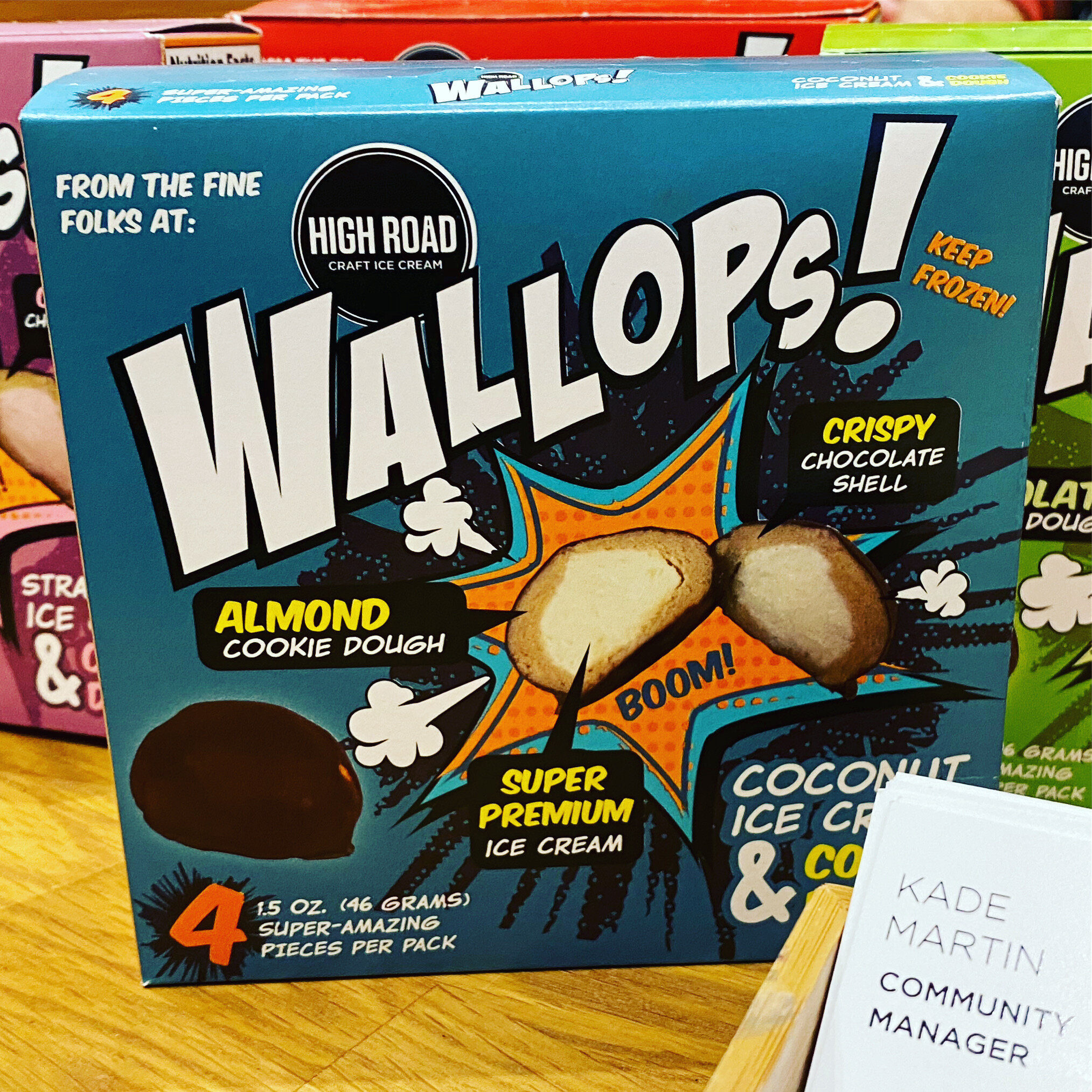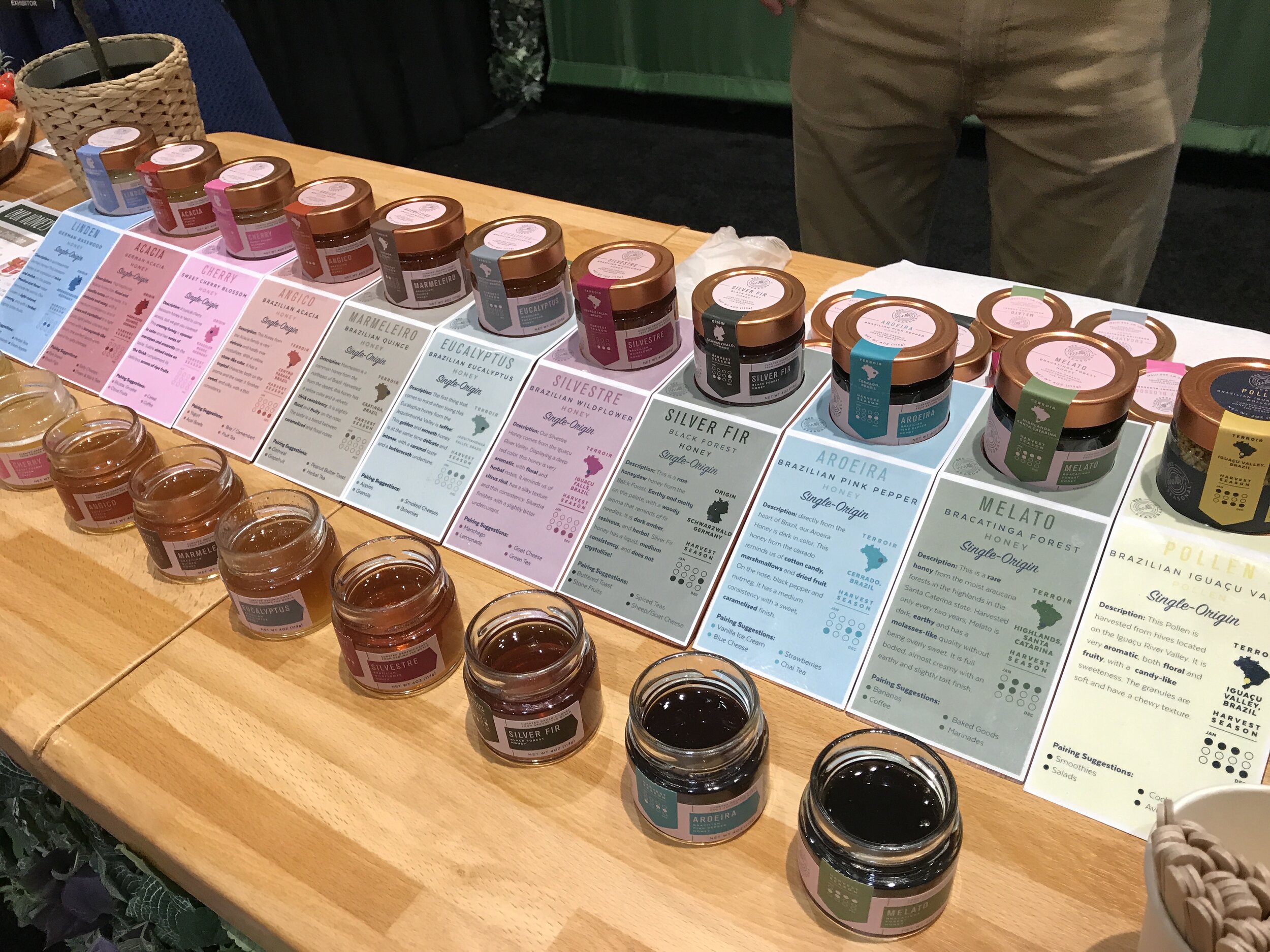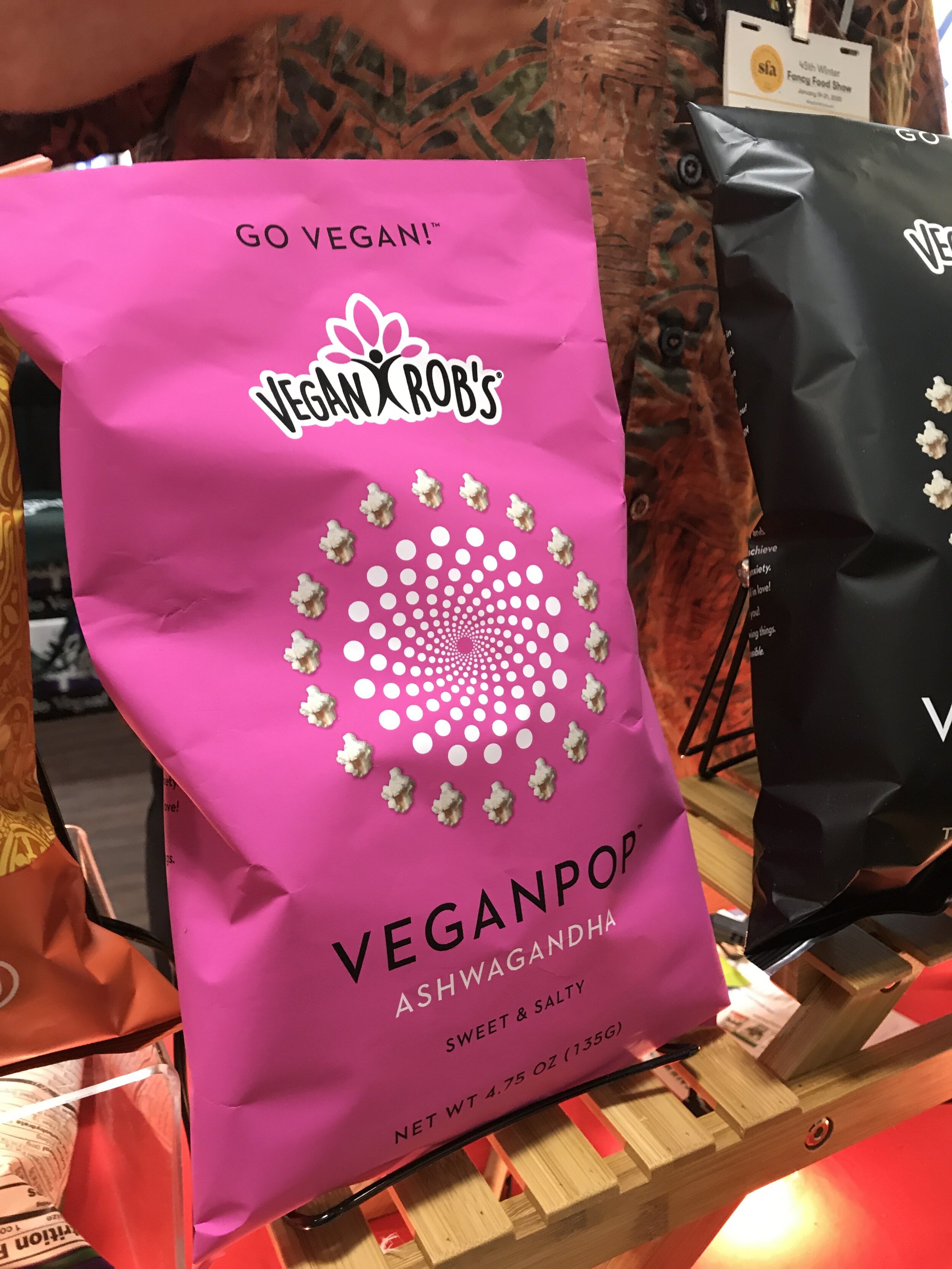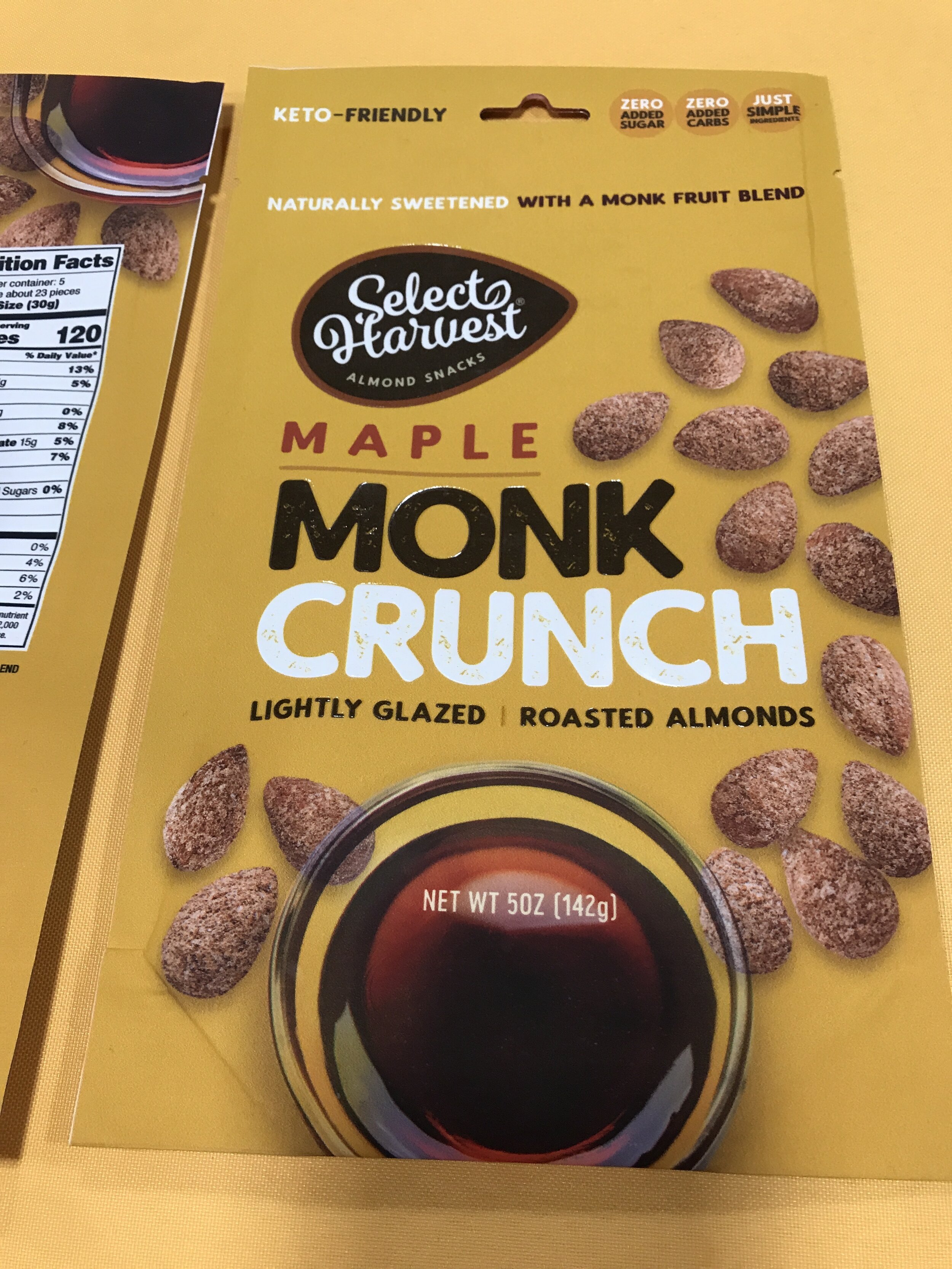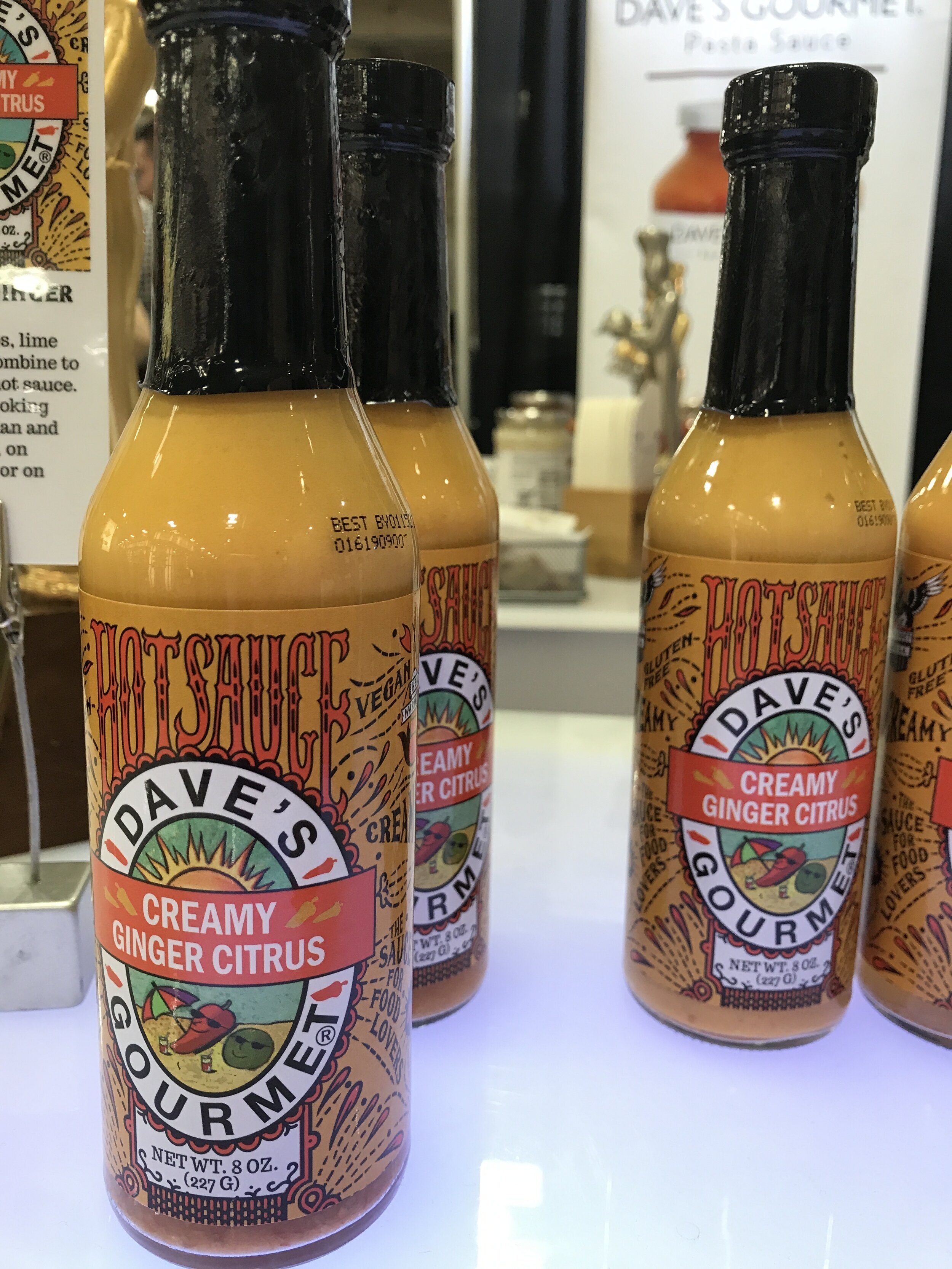2020 Winter Fancy Food Show Recap
This week Ultra walked the aisles of the Specialty Food Association’s Fancy Food Show in San Francisco, looking for food and beverage trends. While specialty foods only account for 16% (though it’s predicted to reach 20% soon) of all foods sold, the ingredients, flavors, formats and innovation they debut typically make their way into the mainstream over the course of six to eight years. Using the lens of trendologist Mike Kostyo, watching these trends are important because they help businesses plan for the future. Here is what stood out to us at the Winter Fancy Food Show of 2020.
Oat Everything
The wild popularity of oat milk is now translating across multiple food categories: chips, ice cream, butter, etc. You name the category, the oat has found its way there. It may not be for those on the Whole 30 or Keto diet, but plenty of demand comes from dairy alternative seekers and consumers who want simple, recognizable and time-tested ingredients.
Sparkling Health Tonics
With every flavor of sparkling water now on the market, health brands are taking it to the next level, leveraging the popularity of that sparkling experience with the health benefits of vinegars (which supports gut health) and ayurvedic ingredients (which are known to fight inflammation). “Rising trends include functional drinks that boost energy, mental focus, relaxation, and microbiome health,” said Browne, which contribute to the increased consumption of specialty foods overall.
Tea Innovation
Tea is always popular at the food shows, since so much of it is consumed globally. New flavors and health benefits typically dominate the headlines from those booths, but this year a new brand is debuting a powder tea (just add a teaspoon to hot water and stir for a particularly strong cuppa), a Greek olive oil brand has launched a line of Greek olive oil tree leaf tea line, and the tea sticks widely used in Europe have made their way over here. One tea company is even getting in on the cider vinegar craze.
Sugar Free Sauces
Whole 30 and Keto diet-goers are always quick to complain about the hidden and often unnecessarily added sugars in sauces, particularly those in ketchup and BBQ sauces. Given the number of men who follow these diets and consume such condiments, it was only a matter of time before sugar-free sauces took off. The chef at one very popular booth commented that this is a big moment for brands with sugar-free offerings as more people watch their sugar intake and lean on brands to take them out. Expect to see more of this.
Chickpea Butter
Nut butters, seed butters, granola butters (see oats, above), watermelon butters (88 Acres) – it was only a matter of time before chickpeas would get the butter treatment. Chickpeas have always had a presence at the food shows but has never had a sustainable breakthrough. Maybe this is it’s time?
Mock Meat
The opening presentation on Sunday was led by David Lockwood and David Browne of Mintel, who shared that plant-based products are one of the top 10 fastest growing categories. While the top 10 only account for 7% of the specialty food market, a dedicated “Plant-Based” pavilion was carved out at the show and the intense attention around those brands shows it’s a happening space. Many of the brands we talked to are using pea protein in their products to create mock meat substitutes. A competitor of Impossible, Beyond Meat and Life Way, these brands are creating an unapologetically vegetarian/vegan approach that doesn’t try to be the real deal.
Adding alcohol as an ingredient
‘Sober Curious’ culture and the spike of non-alcoholic beverage brands (of which we saw plenty) definitely has a market, but so does alcohol. It might feel a little anti-trend, but reinventing ways to keep consumers interested in products and flavor combinations is still quite relevant. Additionally, alcohol’s use as a preservative (ever heard of the kitchen hack of preserving fresh ginger slices in vodka?) could put alcohol to use in new ways.
Environmental Awareness
Brands are making moves in the environmental space, whether it’s through ingredient, sourcing, supply chain or packaging changes. While a lot of attention is focused on how this will resonate with consumers, the brands we talked to care more on a personal level. “Whether it’s plant-based foods, regenerative agriculture, or upcycling—the trend continues to be values that center a path towards more sustainability,” notes Trendspotter Reem Assil, chef and owner of Reem’s California. The next big thing to look for? B-Corps status among food and beverage brands.
“One-Offs”
There were a number of brands and products that caught our eye and got us wondering if we’d be seeing more of this in the coming year at Expo West and the summer Fancy Food Show.

